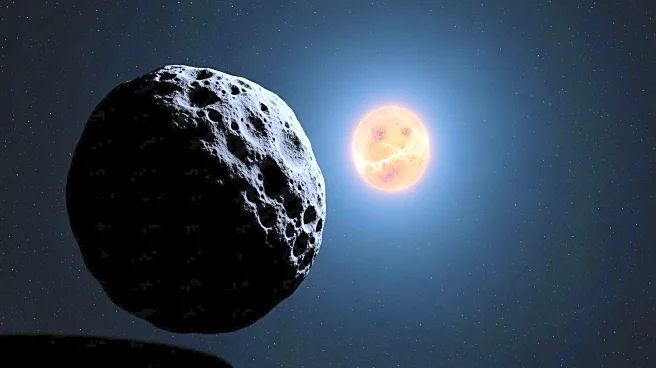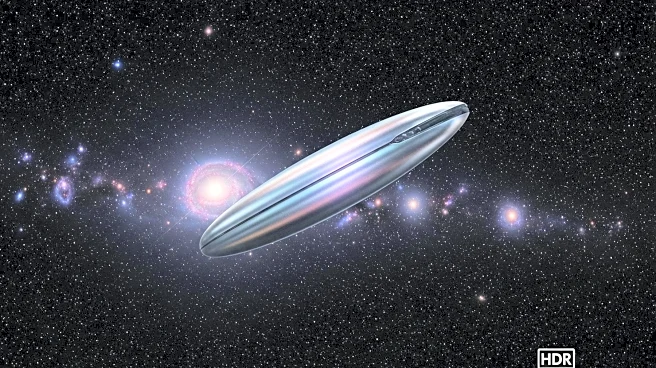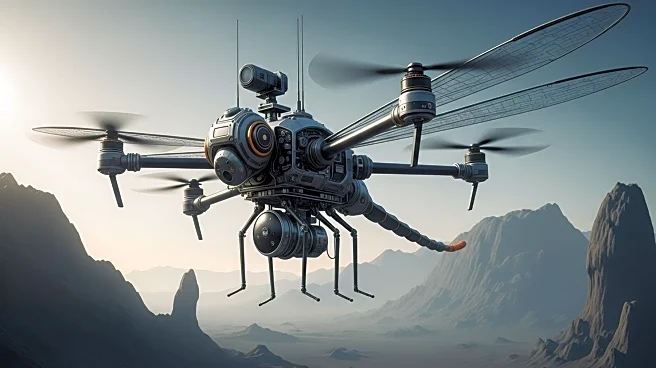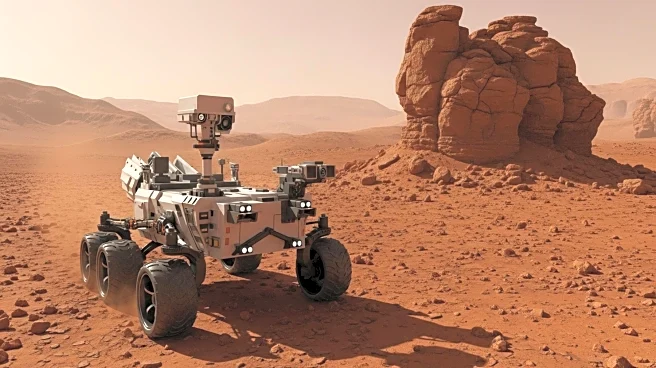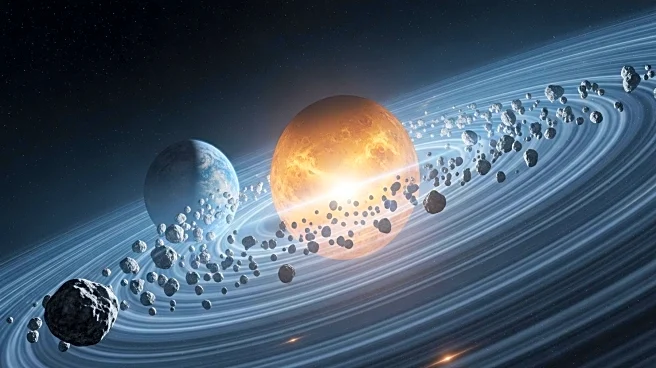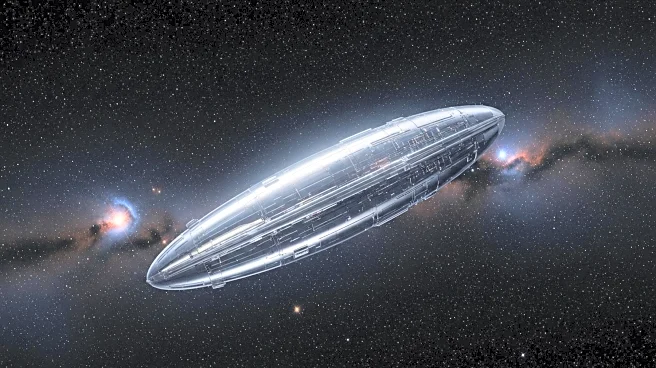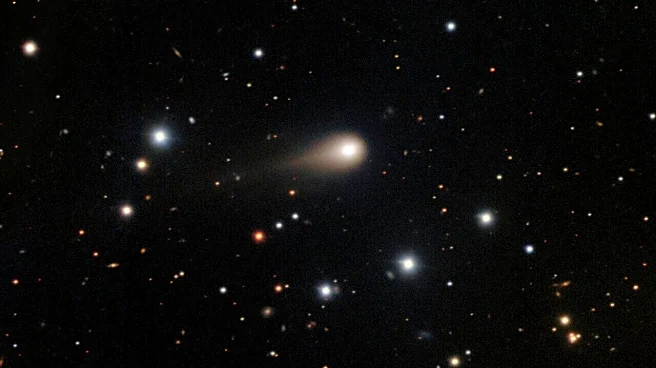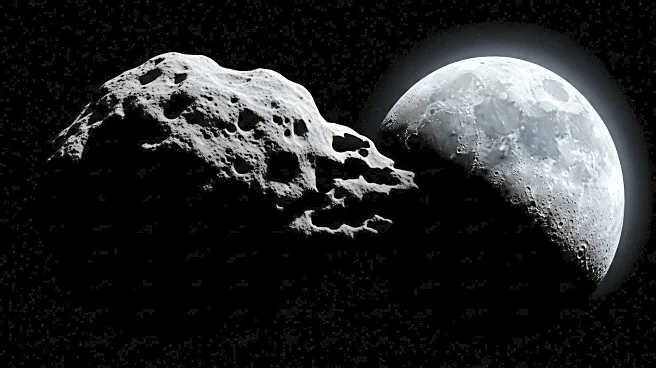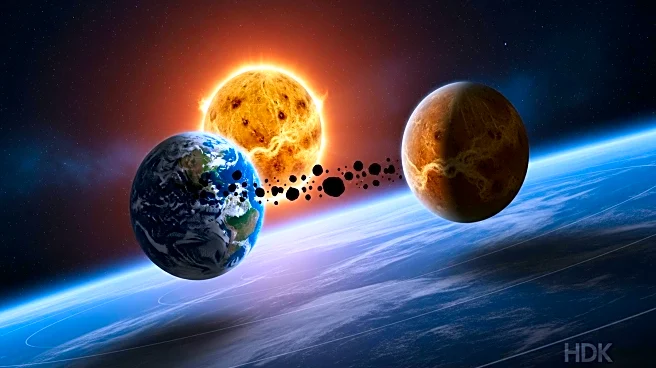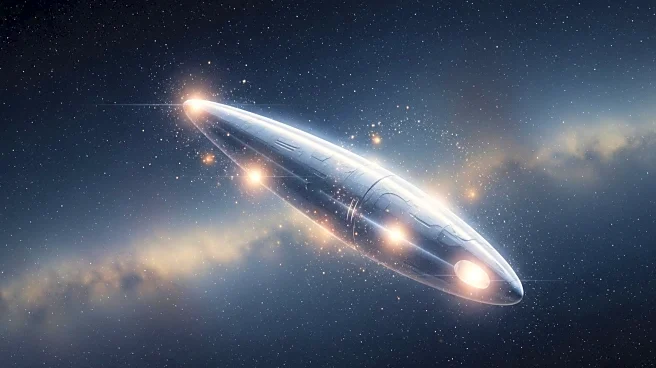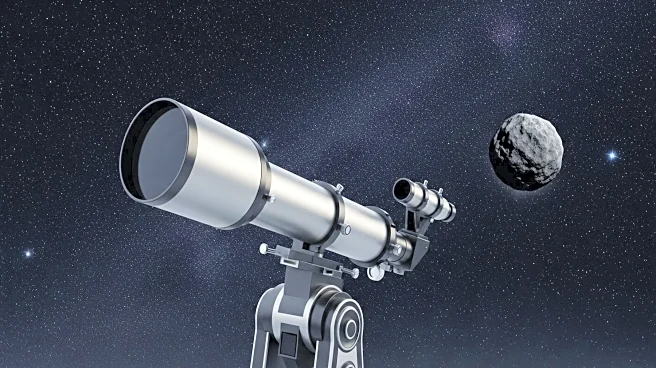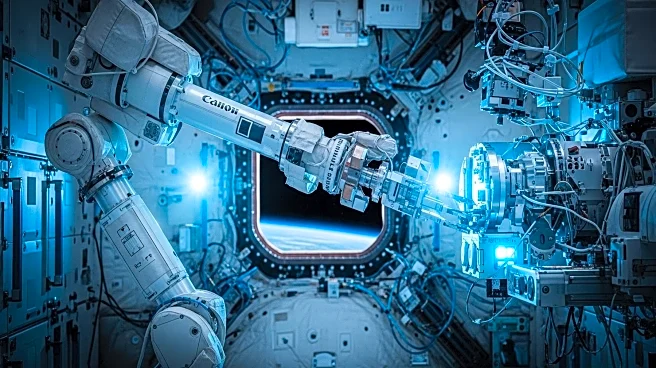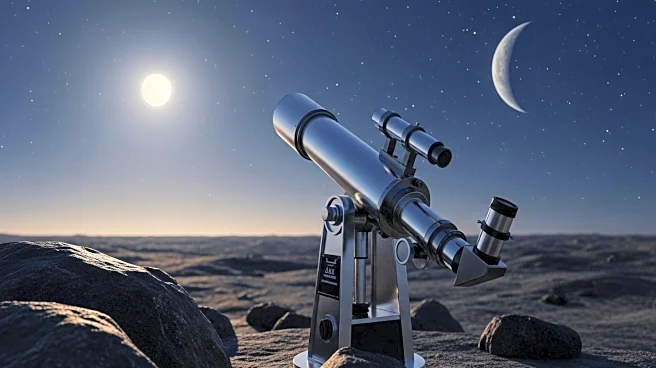What is the story about?
What's Happening?
A hidden population of asteroids, known as Venus co-orbital asteroids, could pose a threat to Earth in the distant future. These asteroids share Venus' orbit and are currently undetected due to their alignment in the sky. Simulations combining analytical models and long-term orbital integration suggest that these asteroids could drift into Earth's path every few thousand years. Unlike asteroids in the main belt between Mars and Jupiter, these objects orbit the sun near Venus in a one-to-one resonance, completing one solar circuit in the same time as Venus. The study, led by Valerio Carruba from São Paulo State University, highlights the difficulty in detecting these asteroids with current telescopes, as they are only visible when telescopes are pointed sunward. The Vera C. Rubin Observatory may only detect the brightest of these asteroids under specific conditions, prompting researchers to propose using space-based instruments like NASA's Near-Earth Object Surveyor for better monitoring.
Why It's Important?
The potential threat posed by Venus co-orbital asteroids underscores the need for improved detection and monitoring of near-Earth objects. If one of these asteroids were to be pushed into Earth's path, it could result in a significant impact event, causing large-scale devastation, especially in densely populated areas. The study emphasizes the importance of planetary defense strategies that account for both visible and currently undetectable threats. The potential impact of these asteroids, which could create craters up to 2.8 miles wide and unleash energy equivalent to hundreds of megatons, highlights the critical need for advancements in space observation technology and international collaboration in space safety measures.
What's Next?
To address the potential threat of Venus co-orbital asteroids, researchers suggest deploying space-based instruments like NASA's Near-Earth Object Surveyor to monitor these asteroids more effectively. This approach could help identify and track these objects, providing early warnings and enabling the development of mitigation strategies. The unstable nature of these asteroids' orbits means that predicting their paths is challenging, necessitating continuous observation and research. As technology advances, the scientific community may also explore new methods for deflecting or neutralizing potential asteroid threats, ensuring Earth's safety from cosmic hazards.
Beyond the Headlines
The discovery of Venus co-orbital asteroids raises questions about the limitations of current astronomical observation techniques and the need for innovation in space exploration. The ethical implications of planetary defense, including the prioritization of resources and international cooperation, are also significant. As the global community becomes more aware of space-related threats, there may be increased investment in space research and technology, potentially leading to new scientific breakthroughs and a deeper understanding of our solar system.
AI Generated Content
Do you find this article useful?
